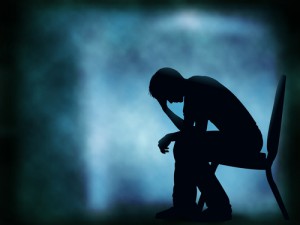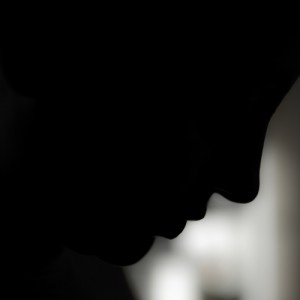A “Solutions” Response to Domestic Violence
 Statistics are important. They tell a story and paint a picture. Especially during October’s Domestic Violence Awareness Month when the public is bombarded with statistics regarding domestic violence rates, numbers of murders by intimate partners, and charts with figures about children of families where there is domestic abuse.
Statistics are important. They tell a story and paint a picture. Especially during October’s Domestic Violence Awareness Month when the public is bombarded with statistics regarding domestic violence rates, numbers of murders by intimate partners, and charts with figures about children of families where there is domestic abuse.
But, what if we shifted the focus to talking about solutions for this epidemic? What about bringing to the public instances where rates of domestic violence in a specific city were reduced due to certain efforts of the police and citizens of that city? Read more

 Domestic violence, also known as intimate partner violence, remains a dire issue in New Jersey. According to statistics compiled by the New Jersey State Police, there are approximately 70,000 reports of domestic violence per year statewide, 42% of which involved physical assault. Domestic violence victims in New Jersey can be women or men. As stated by Assemblywoman Celeste Riley, “Domestic violence doesn’t know a sex, it doesn’t know an age,” she said. “If you are abused, you are a victim.”
Domestic violence, also known as intimate partner violence, remains a dire issue in New Jersey. According to statistics compiled by the New Jersey State Police, there are approximately 70,000 reports of domestic violence per year statewide, 42% of which involved physical assault. Domestic violence victims in New Jersey can be women or men. As stated by Assemblywoman Celeste Riley, “Domestic violence doesn’t know a sex, it doesn’t know an age,” she said. “If you are abused, you are a victim.”
 Every victim of domestic violence counts and domestic violence doesn’t discriminate. We may be accustomed to talking about abuse as an issue between heterosexual partners, but abuse can and does occur in all types of relationships, including gay, bisexual, lesbian and transgendered. How can these underrepresented groups reach out for help — and what kind of support is available? As part of October’s Domestic Violence Awareness Month, let’s start a much-needed conversation…
Every victim of domestic violence counts and domestic violence doesn’t discriminate. We may be accustomed to talking about abuse as an issue between heterosexual partners, but abuse can and does occur in all types of relationships, including gay, bisexual, lesbian and transgendered. How can these underrepresented groups reach out for help — and what kind of support is available? As part of October’s Domestic Violence Awareness Month, let’s start a much-needed conversation…  October is National Domestic Violence Awareness month, a time when this country tries to raise awareness regarding an issue that still plagues the US. And, the victims are not just women. They are not just people in different-sex relationships. Domestic violence can happen to anyone at any time.
October is National Domestic Violence Awareness month, a time when this country tries to raise awareness regarding an issue that still plagues the US. And, the victims are not just women. They are not just people in different-sex relationships. Domestic violence can happen to anyone at any time. 


